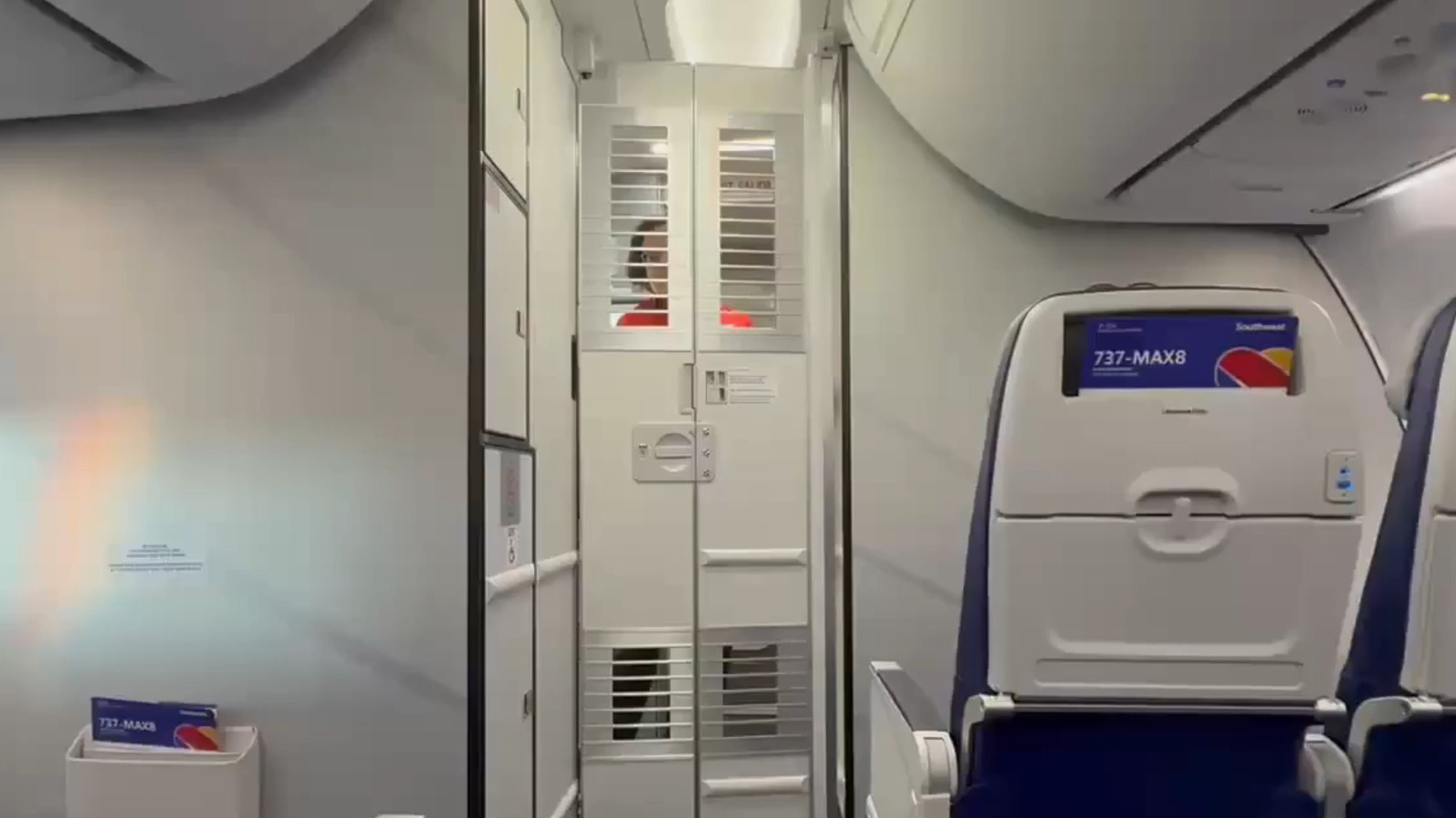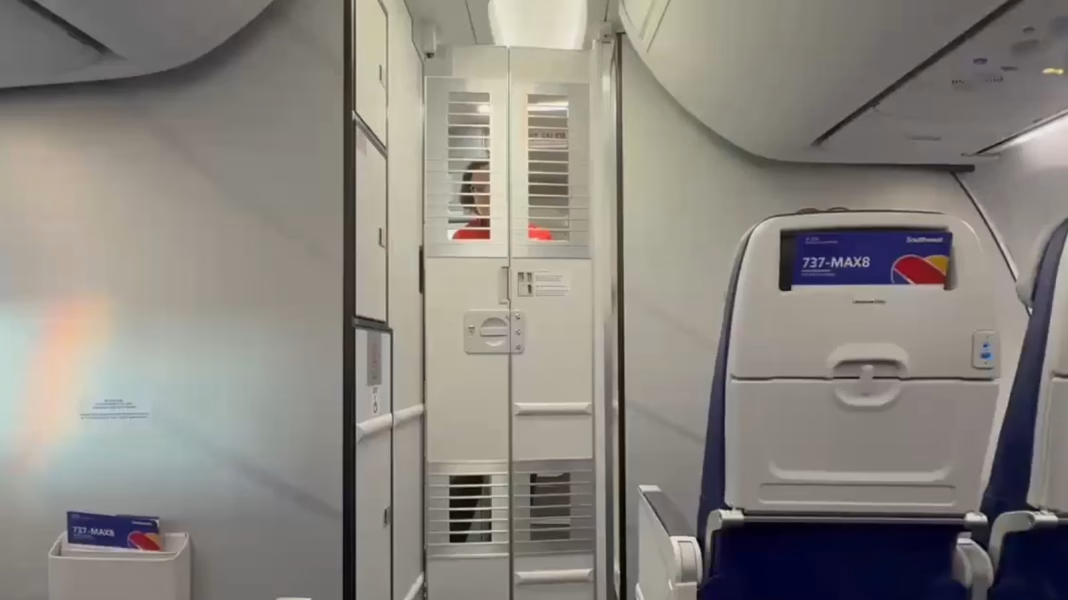Why Are Secondary Cockpit Barriers Becoming Standard on Commercial Planes?
If you’ve flown recently, you might have noticed a new addition to the cockpit area—a secondary barrier that swings into place when the cockpit door opens. It’s not just a quirky design tweak. These barriers are quickly becoming the norm across commercial aviation, and there’s a compelling story behind their rise.
What Problem Do Secondary Barriers Actually Solve?
Let’s be honest: the cockpit door is already reinforced, so why add another layer? The answer lies in those brief moments when the cockpit door has to open—maybe a pilot needs a bathroom break or a meal. For years, this was a vulnerable window. While flight attendants would often stand guard, human vigilance isn’t foolproof.
After 9/11, airlines beefed up cockpit security with armored doors, but experts soon realized that wasn’t enough. According to the Federal Aviation Administration (FAA), more than 1,000 cockpit door openings occur daily in the US alone. Each one represents a potential risk. Secondary barriers are designed to close off the cockpit area from the rest of the cabin during these moments, reducing the chance of an intruder rushing the flight deck.
How Do These Barriers Work in Practice?
Picture this: the plane is cruising at 35,000 feet, and the captain needs to step out. A flight attendant swings a lightweight, retractable gate across the aisle, locking it in place. Only then does the cockpit door open. The process takes seconds, but it’s a game-changer for safety.
What’s clever is that these barriers are designed to be simple and fast. They’re not meant to withstand a prolonged assault like the main cockpit door, but they do buy precious seconds—enough time for crew to react and secure the cockpit again. It’s a bit like locking your car while you run back inside for your wallet. Not perfect, but a whole lot better than leaving the door wide open.
Are Airlines and Pilots on Board With This Change?
Absolutely. Pilots’ unions and safety advocates have been pushing for secondary barriers for years. The Air Line Pilots Association (ALPA), the world’s largest pilot union, has called these barriers a “critical layer of protection.” Airlines, too, see the value—not just for safety, but for peace of mind. Passengers may not always notice, but crew members certainly do.
In 2023, the FAA finalized a rule requiring all new commercial aircraft to include secondary barriers. Some airlines, like Delta and United, have already started retrofitting their fleets. Southwest Airlines recently made headlines for installing these barriers across its planes, citing both regulatory compliance and a proactive approach to passenger safety.
What Does the Data Say About Their Effectiveness?
While it’s tough to quantify how many attacks have been prevented by secondary barriers (since their purpose is to deter attempts in the first place), security experts point to a clear trend: layered defenses work. According to a 2022 report from the RAND Corporation, multi-layered security measures—including secondary barriers—significantly reduce the likelihood of successful cockpit breaches.
It’s not just theory, either. In simulated hijacking drills, barriers have proven to slow down would-be intruders, giving pilots and crew the critical seconds needed to lock down the cockpit or call for help. Think of it as the difference between a locked door and an open hallway—one is a clear deterrent, the other an invitation.
Will Passengers Notice or Be Affected by These Barriers?
Most travelers won’t even realize the barrier is there. It’s designed to be unobtrusive, folding away when not in use. If you do spot it, it’ll likely just look like a small gate or partition near the front of the cabin. Some passengers might feel reassured, knowing there’s an extra layer of protection between them and the flight deck.
The only real impact? A few seconds’ delay when the cockpit door opens. But for most, that’s a small price to pay for added safety. In fact, a 2023 survey by the International Air Transport Association found that over 80% of passengers support visible security measures if they enhance safety without causing major inconvenience.
What’s Next for Airplane Security Innovations?
Secondary barriers are just one piece of a much bigger puzzle. Airlines are constantly testing new technologies, from biometric boarding to AI-powered surveillance. But the beauty of the secondary barrier is its simplicity—no high-tech wizardry, just a practical solution to a real-world problem.
Some industry insiders predict we’ll see more physical security features in the cabin in the coming years, especially as new threats emerge. But for now, the focus is on making sure every new commercial plane is equipped with this basic, effective safeguard.
The big takeaway? Airplane security isn’t about perfection—it’s about smarter adjustments. Start with one change this week, and you’ll likely spot the difference by month’s end.


